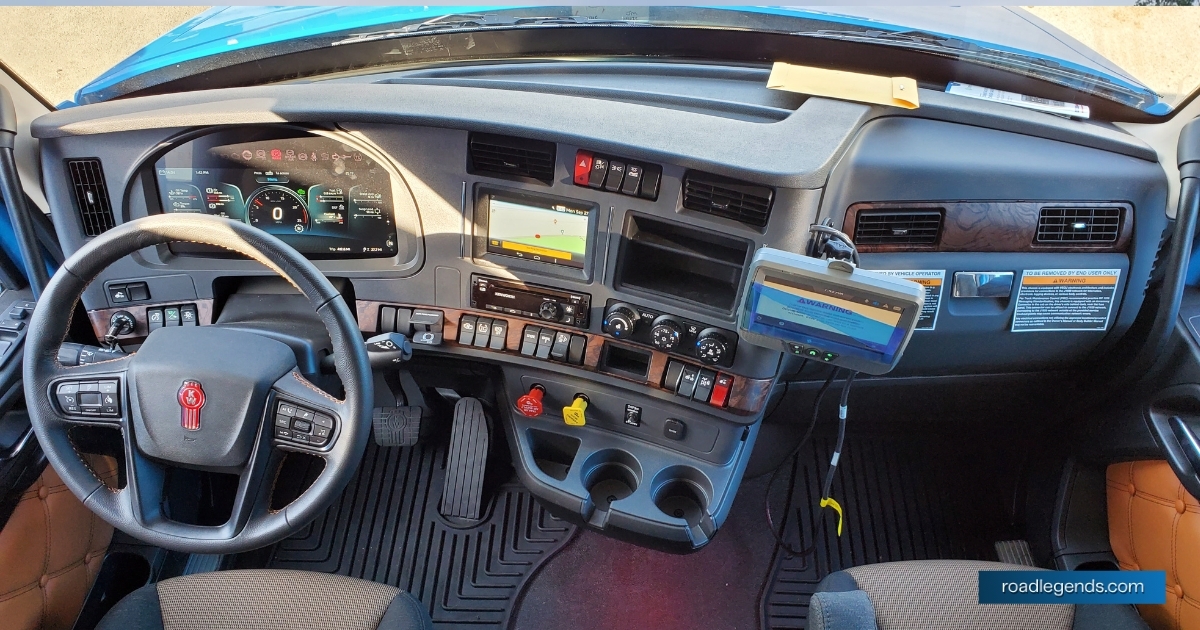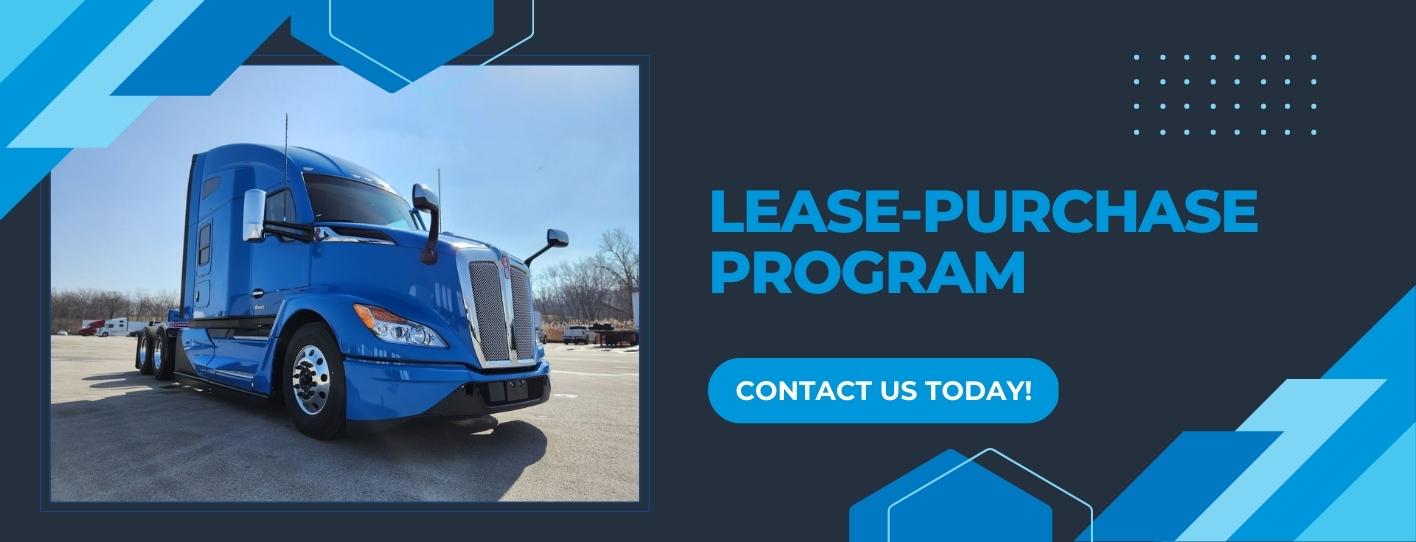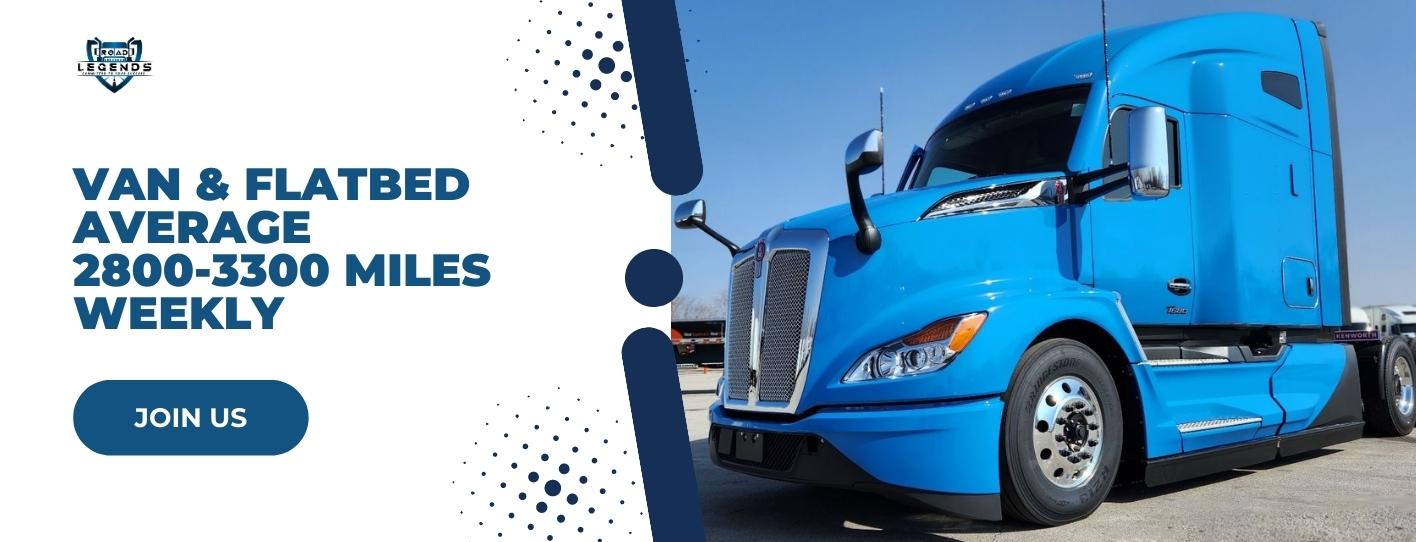
A Walk-Through ELD and Why It's an Important Device
While being a trucker can be exciting and fulfilling, it also means enduring long days and taking necessary precautions to avoid hazardous road conditions. To enhance trucker safety and prevent accidents, the Federal Motor Carrier Safety Administration (FMCSA) enforces the "14-hour rule," prohibiting drivers from operating a commercial vehicle for more than 14 consecutive hours. To ensure compliance with this rule, the FMCSA now mandates the use of an electronic logging device (ELD) for most US commercial vehicles. If you're curious about what an electronic logging device is, what they record, and who needs them, here's a comprehensive guide to understanding the regulations of an electronic logging device.
Defining electronic logging device
An electronic logging device is a tool used in commercial trucking to simplify the task of keeping accurate records of hours of service (HOS), as required by law for drivers and fleet operators. It's important to understand that an ELD isnt introducing new rules to the trucking industry. Instead, it is designed to streamline a task that is already a daily requirement.
What information does an ELD record?
In ELD trucking, the device goes beyond just tracking hours of service; they collect various details, including:
- Date
- Time
- Location of the vehicle
- Engine power status
- User authentication
- Miles driven
Additionally, in ELD trucking any changes in the driver's duty status, such as when they switch between driving, being on-duty, not driving, off-duty, or in the sleeper berth. This comprehensive data collection provides a clear overview of a driver's activities, simplifying compliance and enhancing safety in the trucking industry.
Importance of ELD trucking
Implementing ELD stemmed from the well-known challenges of long-distance or extended commercial driving, which can lead to physical fatigue after spending hours behind the wheel. Studies conducted over many decades consistently highlighted fatigue as a significant contributor to increased accident rates on streets and highways. When major accidents occur due to tired or sleepy drivers operating commercial vehicles, regulators, the news media, and the public take notice. This heightened awareness prompted the implementation of restrictions on driver hours of service and the need to maintain accurate logs to ensure safe driving practices. Traditional paper logbooks, often prone to inaccuracies resulting from driver errors or miscalculations and pressures from employers to manipulate hours, raised concerns. In response, ELD was introduced to replace paper logs with electronic recording. This automated system guarantees accuracy and promotes safer driving practices within the commercial transportation industry.
What is the ELD mandate?
The ELD mandate, also known as the ELD Final Rule, is a rule the U.S. government sets. It says that people who drive big trucks for work must use ELD devices. The first law about keeping these records was made in 1937. Back then, drivers used paper log books to write down the information. Now, the ELD mandate says that paper logs and an old recording device called an Automatic On-Board Recording Device (AOBRD) should be replaced with newer ELD technology.
Concerns about the ELD mandate
Some groups raised worries about the privacy of drivers regarding the ELD mandate. They questioned whether an ELD records driver activities invades drivers' privacy. To safeguard drivers' rights, the ELD mandate has rules about what the device can and cannot do. The personal conveyance status selection limits location tracking, and other measures ensure drivers can separate their work hours from their off-duty time. Despite legal challenges on privacy issues, the court has upheld the ELD mandate. Drivers also wanted to know if they could modify or add information to the electronic record created by an ELD. The ELD mandate allows drivers and certain support staff to make notes or edits. However, these changes are monitored and must be approved by the driver.
Who is affected by the ELD mandate?
The ELD mandate applies to certain individuals and vehicles. It includes interstate commercial motor vehicle drivers who are already obligated to maintain a record of duty status (RODS). Additionally, it covers vehicles that weigh over 10,001 pounds, those with placarded hazardous material (hazmat) loads, and vehicles carrying either more than 8 or 15 passengers, depending on the vehicle class. This regulation aims to ensure compliance and accurate tracking of driving hours for specific categories of drivers and vehicles in the transportation industry.
Exemptions from the ELD Mandate
Some individuals and situations are exempt from the ELD mandate. Drivers within a 100-mile radius can continue using timecards instead of an electronic logging device. Non-commercial driver's license (CDL) freight drivers working within a 150-mile radius are exempt. The exemption also applies to drive-away and tow-away operators. Furthermore, vehicles manufactured before the model year 2000 are not required to comply with the ELD mandate. These exemptions provide flexibility for specific categories of drivers and vehicles, acknowledging variations in their operational requirements and circumstances.
Why do truck drivers need ELD?
Trucking is a demanding job with long hours and sometimes risky conditions. According to the United States Department of Labor, it's one of the most dangerous occupations, with 11% of all worker deaths in 2017 occurring in the trucking industry. A significant 75% of these deaths were related to "transportation incidents," as stated by OSHA. To prioritize the safety of truckers, the FMCSA has established rules. Drivers can only drive up to 14 hours after starting work and must get 10 hours off between shifts. Because some truckers work in teams, this doesn't necessarily mean trucks have to sit idle for 10 hours daily. However, ELD trucking ensures drivers work sparingly, which could be dangerous. The FMCSA believes mandating ELD will save lives, prevent accidents, and save money by reducing crashes. They estimate that ELD trucking will help avoid 1,844 crashes, prevent 562 injuries, and save 26 lives yearly. In addition to saving lives and preventing injuries, the ELD mandate also holds employers accountable. An ELD connected directly to a vehicle's engine makes it harder for employers to push workers into unsafe and unreasonable demands. Since ELD standards were implemented, the FMCSA has observed a significant decrease in violations of hours-of-service rules.
Pros and cons of ELD
ELD devices have become integral in the trucking industry, reshaping how drivers and fleets manage their operations. However, everything comes with a pro and con. Let’s look at how ELD devices impact the daily lives of truckers and the efficiency of fleet management both positively and negatively.
Pros of ELD devices
- ELD devices make complying with FMCSA regulations a breeze. Truckers can electronically record duty status and Hours of Service (HOS), ditching the hassle of paper logs and ensuring accurate record-keeping.
- Leading ELD devices do more than track location; they provide real-time insights into optimal routes, traffic conditions, and potential delays. Dispatchers can make informed decisions, improving overall fleet efficiency.
- ELD connects to a truck's OBD port, offering comprehensive access to critical engine data. This simplifies diagnostics, aids in proactive maintenance, and reduces downtime for a more robust fleet.
- Beyond compliance, an ELD actively contributes to driver safety. Built-in sensors detect improper driving practices, providing real-time feedback. This data helps implement targeted training programs for a safer driving environment.
- ELD acts as a security tool by implementing geofencing. Virtual boundaries trigger alerts if a vehicle deviates from its route, preventing theft and addressing security concerns promptly.
- Fleet managers benefit from detailed reports generated by an ELD. These reports go beyond compliance, offering insights into fuel usage, driving behavior, and operational inefficiencies. Strategic decision-making becomes more informed.
Cons of ELD devices
- While ELD devices offer substantial benefits, the initial cost can be a hurdle. Understanding the long-term advantages, including enhanced compliance and safety, helps justify the investment.
- Adapting to ELD technology involves a learning curve for drivers and fleet management. Comprehensive training and ongoing support are essential to ensure effective use and troubleshooting.
- Some ELD devices may have limitations in editing recorded data. This constraint poses challenges when correcting inaccuracies, necessitating a clear understanding of the chosen ELD system's functionalities.
ELD trucking is transforming the future
The road to safer trucking is paved with the adoption of an ELD. As FMCSA mandates their use, the trucking industry witnesses a transformative shift. An ELD streamlines record-keeping and actively contributes to accident prevention, driver safety, and enhanced operational efficiency. Getting used to this change isn't just about compliance; it's a commitment to a future where roads are safer, operations are streamlined, and accountability drives every mile. With ELD trucking, the industry is steering towards a destination of innovation, safety, and a renewed focus on responsible practices.

Best 11 Trucking Podcasts We Bet You’ll Actually Enjoy
Country playlists and radio talk had their charm, but podcasts have completely changed the game for drivers. Check out this list of the 11 best trucking podcasts.

6 Practical Ways To Manage Truck Downtime Before It Costs You
Truck downtime can drain your revenue and hurt customer satisfaction. Discover simple, proactive steps to reduce downtime, improve fleet performance, and keep your trucks on the road where they belong.

Driver’s Knee Got You Down? Here’s How to Fight Back
Spending long hours on the road can lead to knee pain, known as Driver’s Knee. Learn how truckers can prevent and manage this common issue.

